Enter a surname, town name or other keyword to search the database. Remember to
allow for the different spellings of 'Mc' and 'Mac.' Good luck!
{Search tips: Use single word search terms for more results}
You must enter some valid character(s) into the search field
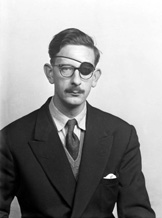
Reference: 46817a
Mr R.A.M. Reyntiens, Loch Duic...
|
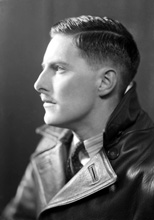
Reference: 31268
Captain Sorell. Believed to be...
|
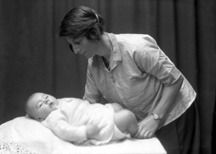
Reference: 25702b
Mrs Christie, Drummond, Invern...
|
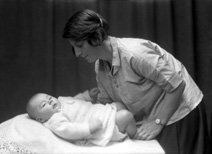
Reference: 25702a
Mrs Christie, Drummond, Invern...
|

Reference: 4142b
Mrs Blixon. Child with Smartie...
|
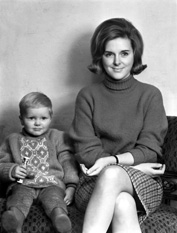
Reference: 4142a
Mrs Blixon and child with Smar...
|
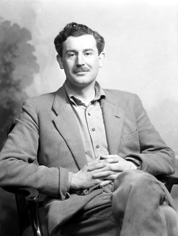
Reference: 40813b
Lord Lovat. Brigadier Simon Ch...
|
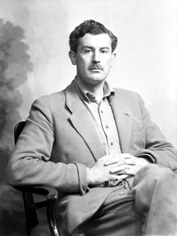
Reference: 40813a
Lord Lovat. Brigadier Simon Ch...
|
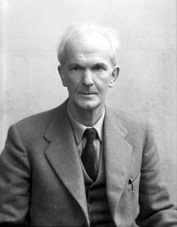
Reference: 45732a
Neil M. Gunn c1960. Neil Mille...
|

Reference: 25909a
Neil M. Gunn in June 1927. Nei...
|
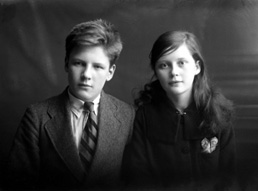
Reference: 23126
Miss Paterson, Kenneth Street,...
|
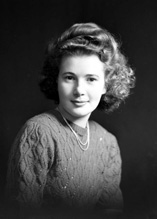
Reference: 39275
Miss Katie Graham. ...
|